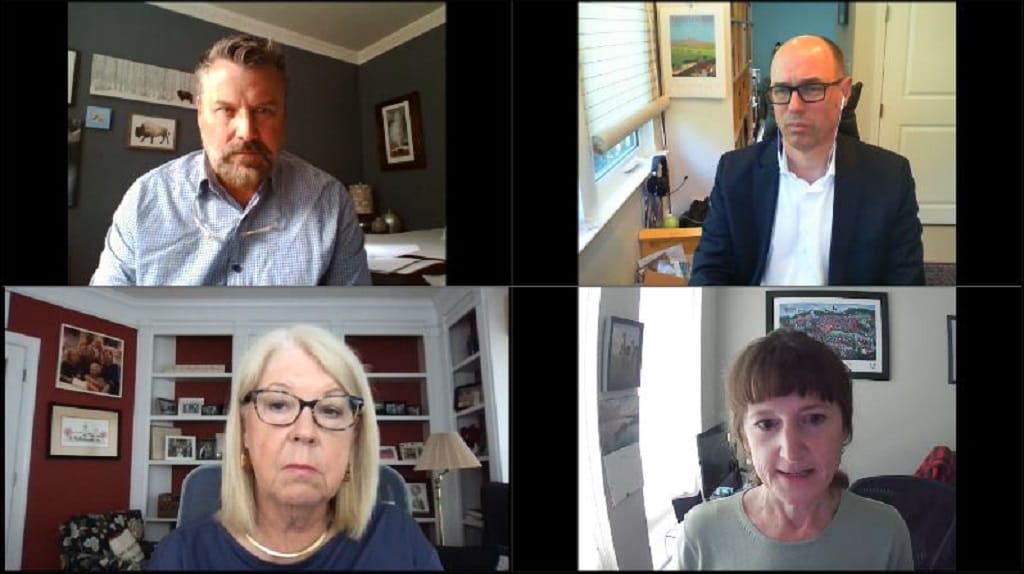Inflationary Pressures Increasing Difficulty of Closing Digital Divide, Officials Say
Government officials say inflationary pressures may make connecting rural America harder than previously anticipated.
Ty Perkins

July 21, 2021—Newly emerging inflationary pressures may make closing the digital divide a greater challenge than previously anticipated, according to public officials speaking at a panel hosted by The Broadband Bunch podcast.
Speaking on broadband funding options for state and local municipalities, Bradley Roebke, analyst for the Appalachian Regional Commission—a federal-state partnership that works with the Appalachian area to create self-sustaining economic development—said that the cost to deploy broadband is increasing due to the domestic inflation rate.
“We’re going to have a real supply side issue coming,” added Russ Elliott, director of the Washington State Broadband Office. “Everybody’s aware of it.”
The U.S. inflation rate is currently around 5.4 percent, which is increasing the cost of raw materials necessary for providing broadband infrastructure, according to Roebke. The increased deployment costs could be pushed onto Americans in areas where the deployment is taking place—Americans who are either currently unserved or underserved.
In Washington state, Elliott works with communities to meet the increasing need for broadband connection. According to him, the most challenging part of closing the digital divide isn’t in providing the infrastructure, but in providing service at an affordable rate to users. He says that the number one correlating factor of broadband adoption is price.
Angie Dickison, executive director of the Office of Broadband Development for Minnesota, says that the communities most difficult to connect are the ones in most need of connection.
However, inflationary pressures may push the increased costs of deployment onto consumers and cause monthly bills to rise too high for widespread adoption to take root in rural communities, she said.
To combat this, Elliott said states need to work with service providers in public-private partnerships to subsidize the cost of deployment and keep prices low for users. Additionally, Elliott said states and localities need to hold service providers accountable and refuse to do business or offer grant money to providers who have previously failed to follow through on agreements and projects.








Member discussion